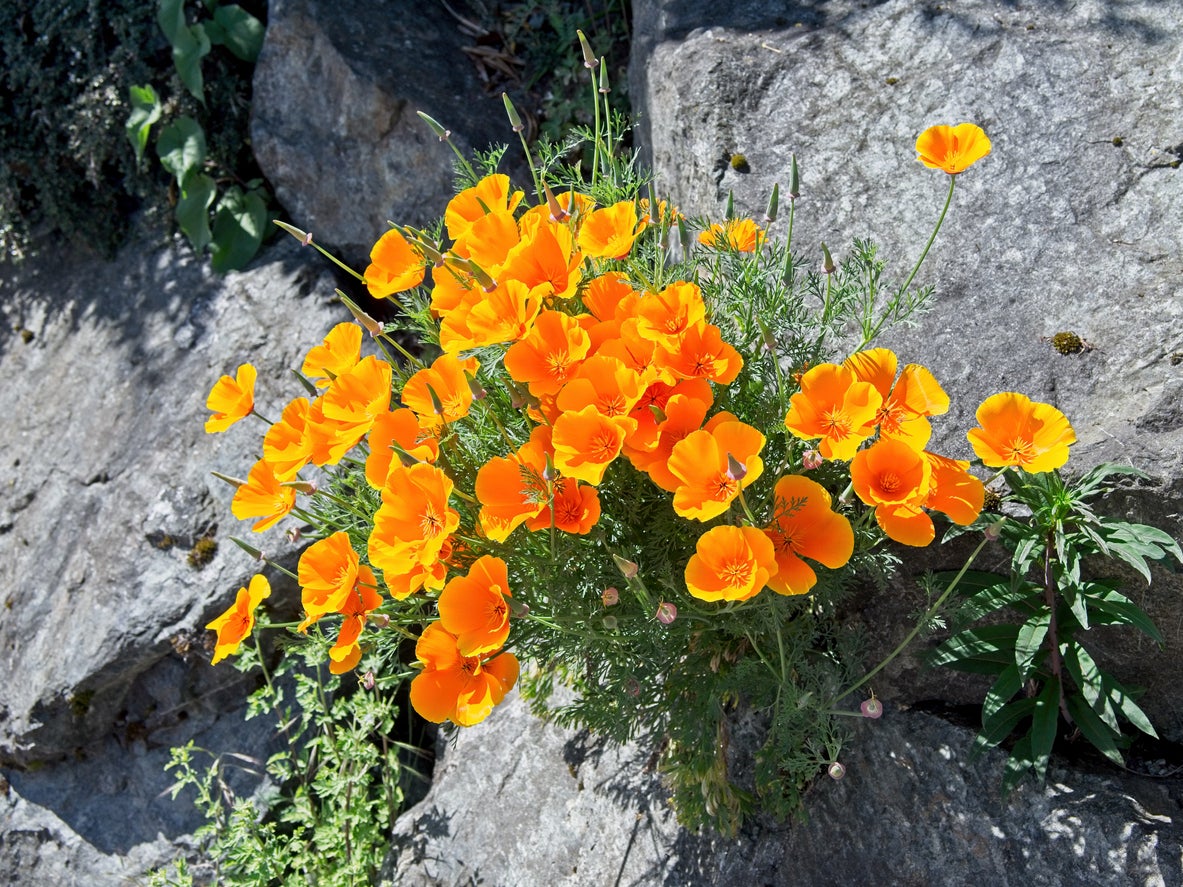Wallflower Care: How To Plant A Wallflower Garden Plant


Fragrant and colorful, many varieties of wallflower plants exist. Some are native to areas of the United States. Most gardeners succeed at growing wallflowers in the garden. Wallflower plants can brighten containers as well. Learn how to plant a wallflower and what is needed for wallflower care.
Wallflower Garden Plant
Most wallflower plants are of the genus Erysimum, with some types being from Cheiranthus, sometimes called Gillyflower. Wallflower plants have perky spring blooms, often in shades of yellow and orange. Newer cultivars of the wallflower garden plant come in shades of pinks, purples and blue; some varieties have chocolate or crimson blooms. Most wallflowers are drought tolerant. Some are short-lived perennials, others are annuals or biennials. Perennial wallflower plants are grown as annuals in colder zones. But they retain evergreen foliage in USDA gardening zones 8-10, which may have a silvery tint.
How to Plant a Wallflower
When growing wallflowers, you can start them from seed, which may be sown right into the garden or started indoors. Plant wallflower seeds in spring or in autumn. Cover seeds lightly or simply press them into moist soil. Seeds of wallflower need light to germinate. They may also be covered with perlite or vermiculite. Once sprouted, some gardeners cover with netting about 8 inches (20 cm.) above the plant to keep the 3 foot (90 cm.) specimens upright. Propagation of growing wallflowers can also be done by cuttings in spring. Grow wallflower plants in a sunny or partly shaded location. When growing wallflowers, make sure to plant them in well-draining soil. In the right location and with the right conditions, growing wallflower blooms may last until fall. Plant wallflowers in masses with summer flowering bulbs or include a few in containers planted with summer blooms.
Wallflower Care
Water the plants regularly until established, then water occasionally if there is no rainfall. Wallflower care includes the pinching back of spent blooms. Deadheading encourages more flowers on the growing wallflower. Now that you've learned how to plant a wallflower, give it a try in the garden. You'll find wallflowers are a simple, colorful and sweet-smelling addition to the garden.
Gardening tips, videos, info and more delivered right to your inbox!
Sign up for the Gardening Know How newsletter today and receive a free copy of our e-book "How to Grow Delicious Tomatoes".

Becca Badgett was a regular contributor to Gardening Know How for ten years. Co-author of the book How to Grow an EMERGENCY Garden, Becca specializes in succulent and cactus gardening.
-
 Looking For Plants To Give You The Soft And Fuzzies? Try These 5 Fuzzy Leaf Plant Options
Looking For Plants To Give You The Soft And Fuzzies? Try These 5 Fuzzy Leaf Plant OptionsLovers of texture, drama, silver foliage and tactile plants will adore these special sensory garden additions. These fuzzy leaf plant options will leave you all aglow
By Susan Albert
-
 Get Ready For A Summer Of Hummers! Grow These Full Sun Hummingbird Plants and Flowers
Get Ready For A Summer Of Hummers! Grow These Full Sun Hummingbird Plants and FlowersIf you’re lucky enough to enjoy a sunny backyard, make sure you are maxing out on your pollinator opportunities and grow these full sun hummingbird plants and flowers
By Tonya Barnett